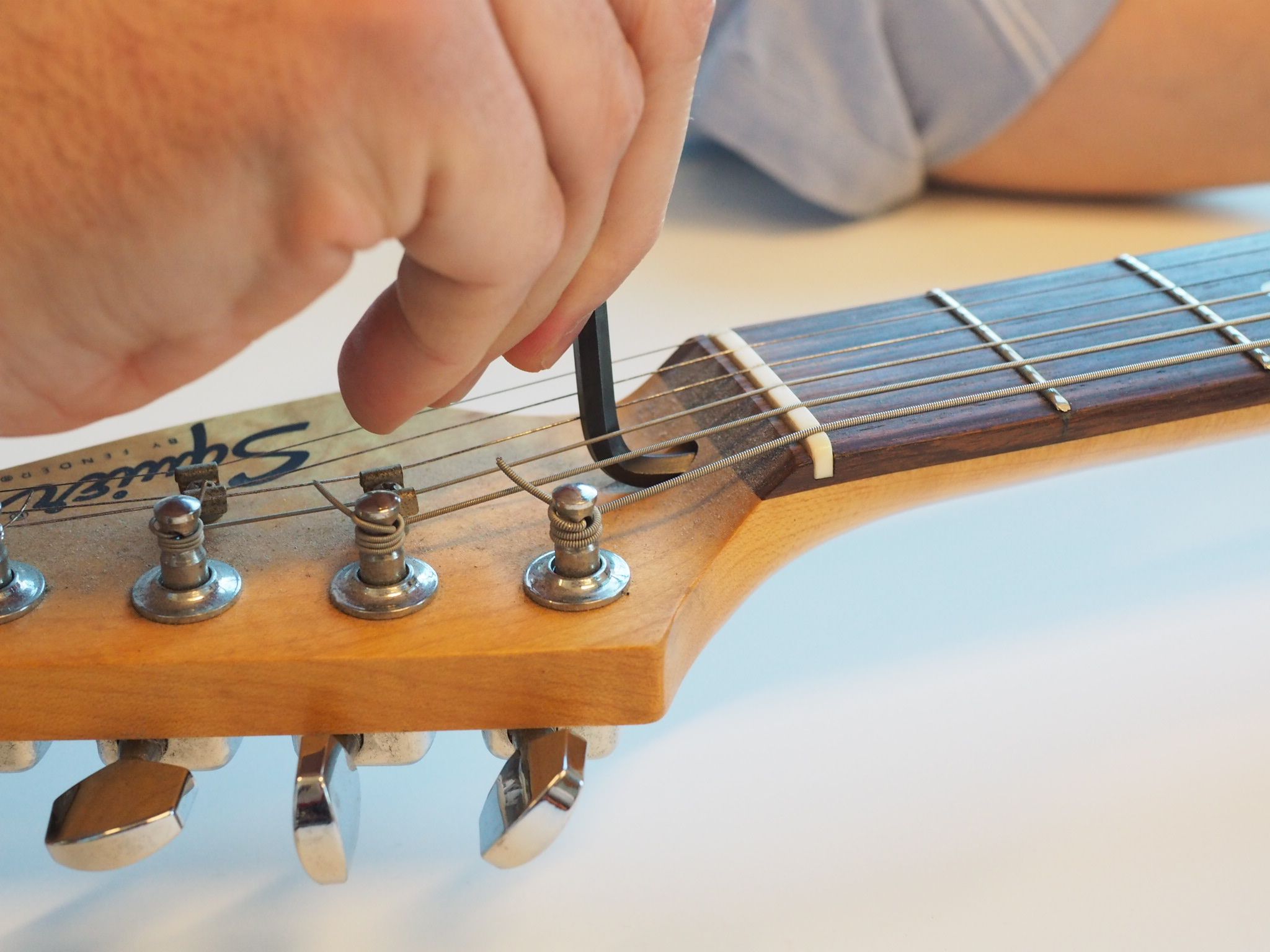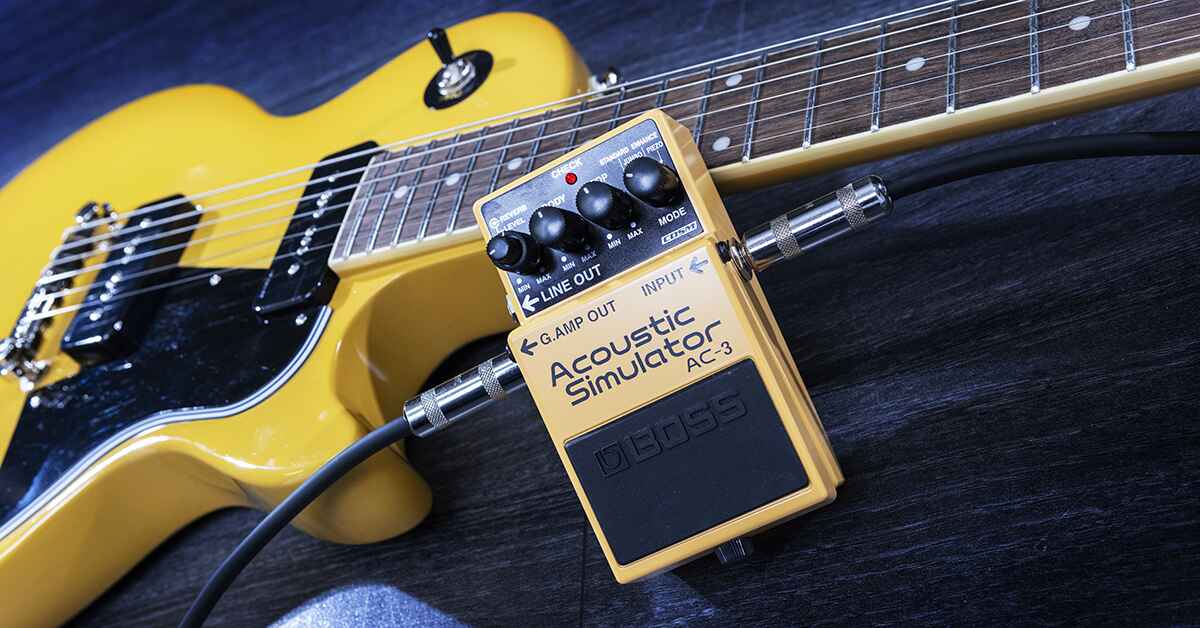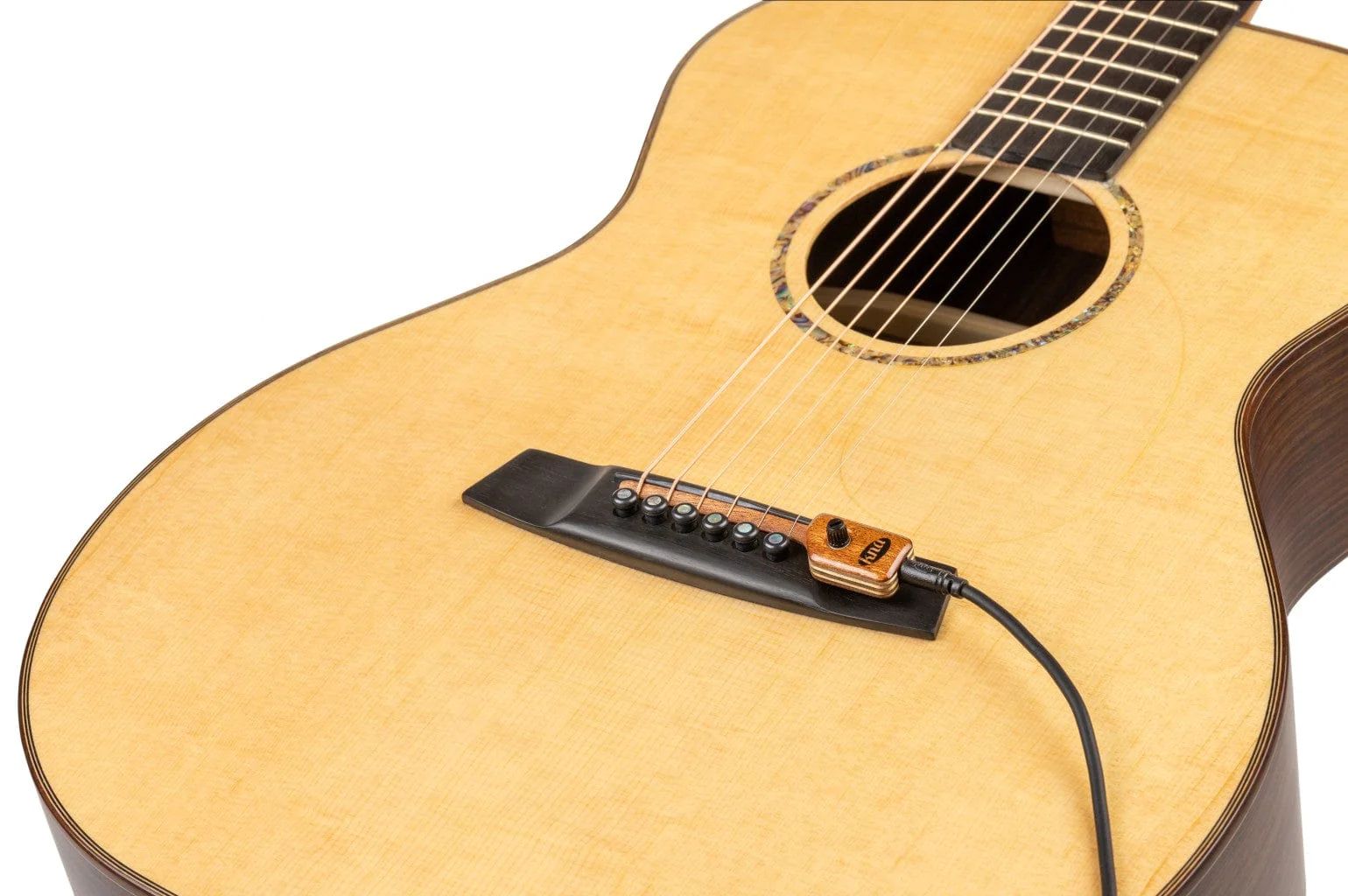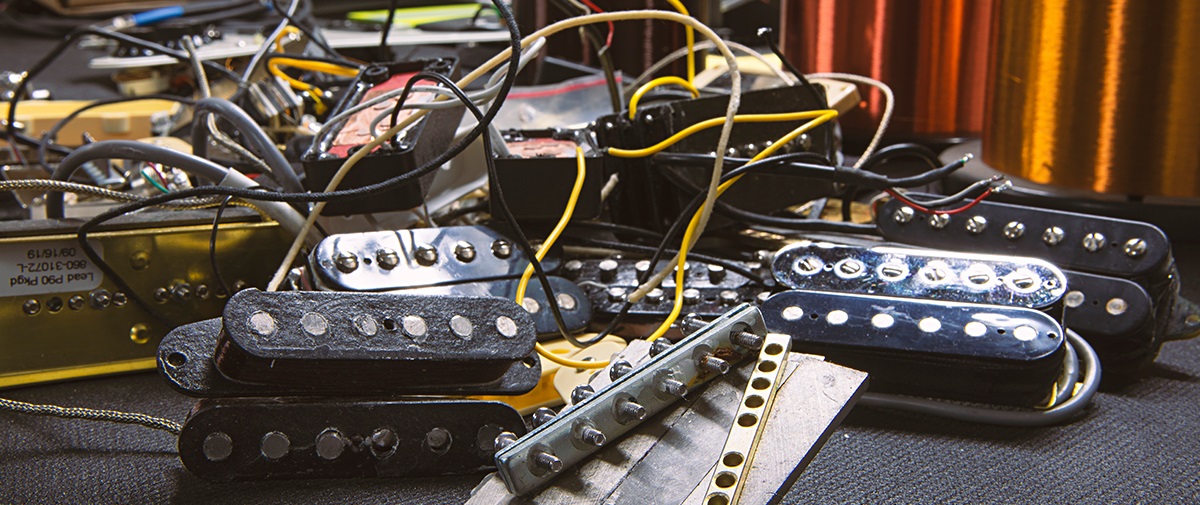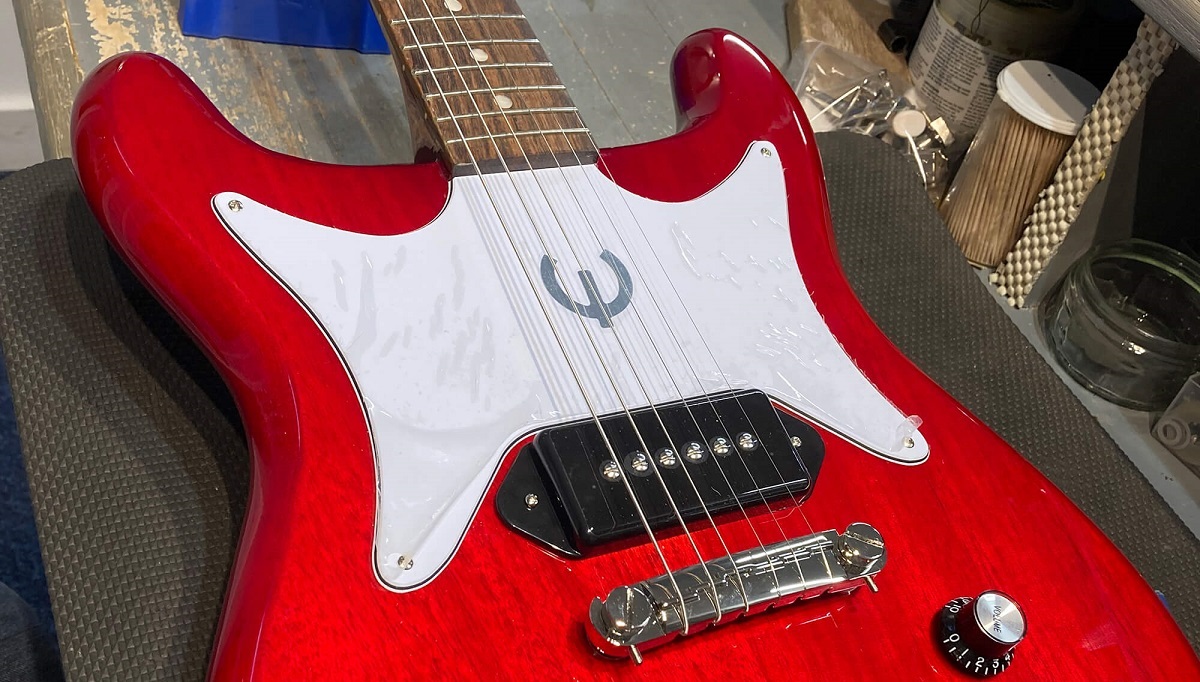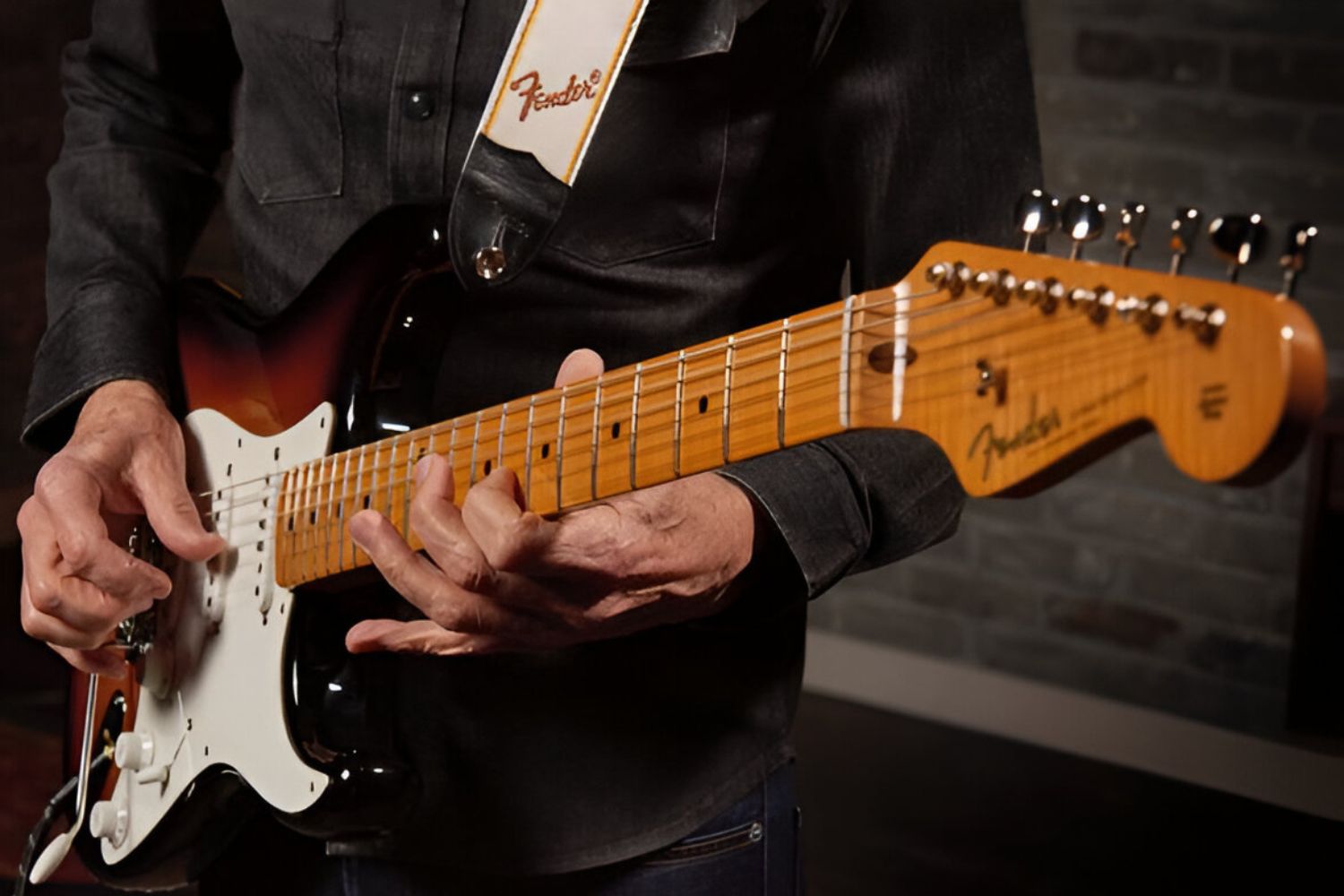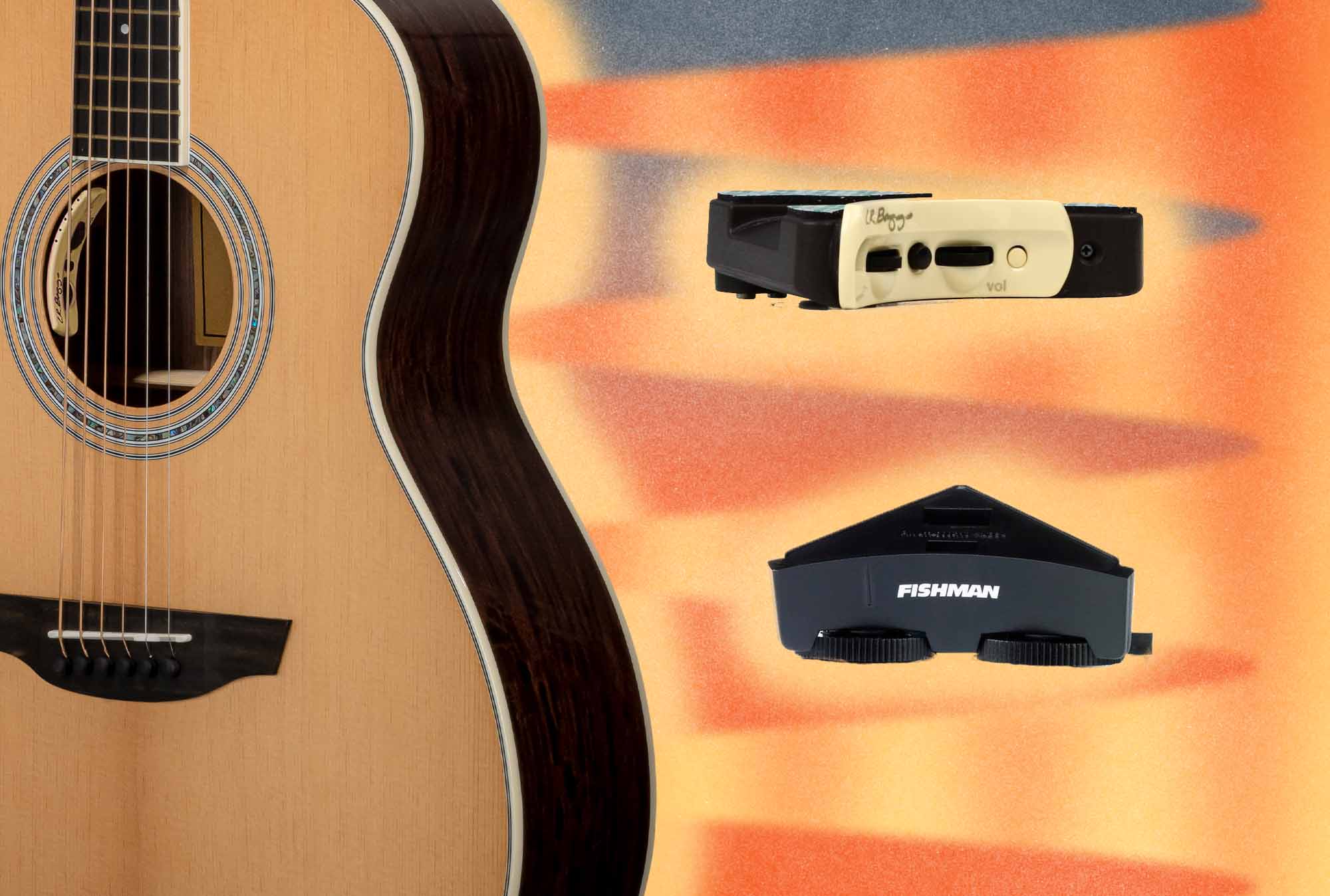Introduction
Understanding the Fundamentals of Electric Guitar Poles
Electric guitars are not only musical instruments but also works of art, with various components that contribute to their unique sound and playability. Among these components are the guitar poles, also known as pole pieces or pole screws, which play a crucial role in shaping the instrument's tone and output. Understanding how to raise electric guitar poles is an essential skill for any guitarist or luthier looking to customize their instrument's sound to their liking.
The poles are the adjustable screws located beneath the strings on the pickups of an electric guitar. Their primary function is to fine-tune the balance and output of each string, ensuring that the guitar produces a consistent and harmonious sound across all strings. By adjusting the height of the poles, players can alter the magnetic field under each string, thereby influencing the volume, sustain, and tonal characteristics of the instrument. This level of customization allows guitarists to achieve their desired sound, whether it's a warm, mellow tone for jazz or a biting, aggressive sound for rock.
In this guide, we will explore the process of raising electric guitar poles, providing step-by-step instructions and insights into the tools and techniques required. By following these guidelines, guitar enthusiasts can gain a deeper understanding of their instrument's mechanics and unleash its full sonic potential. Whether you're a seasoned musician or a novice luthier, mastering the art of adjusting guitar poles can significantly enhance your playing experience and the overall sound of your instrument. Let's delve into the world of electric guitar customization and discover the transformative power of pole adjustments.
Understanding Electric Guitar Poles
Before delving into the process of raising electric guitar poles, it’s essential to grasp the fundamental role that these components play in shaping the instrument’s sound. The poles, typically made of magnetic materials such as Alnico or ceramic, are situated beneath the strings within the pickups of an electric guitar. These adjustable screws serve as individual magnets for each string, influencing the magnetic field and, consequently, the string’s vibration and output.
Each pole corresponds to a specific string, and by adjusting its height, players can fine-tune the balance and response of that string. This adjustment directly affects the volume and tonal characteristics of the string, allowing for a customized and harmonious sound across all strings. Moreover, altering the pole height can influence the sustain, attack, and overall dynamics of the instrument, providing a means for players to tailor their guitar’s output to suit their playing style and musical preferences.
Understanding the interaction between the poles, strings, and pickups is crucial for achieving the desired tonal qualities. The magnetic field created by the poles directly affects the strings’ vibration, translating into the electrical signal captured by the pickups. By adjusting the pole height, players can control the proximity of the magnet to the string, thereby modifying the strength of the induced current and, consequently, the output of the pickup. This level of control empowers guitarists to sculpt their instrument’s sound with precision, whether they seek a bright, twangy timbre or a warm, rounded resonance.
Furthermore, the placement and adjustment of electric guitar poles are not only about achieving a balanced output across the strings but also about addressing individual string nuances. Players may find that certain strings exhibit inconsistent volume or tonal characteristics, and by adjusting the corresponding poles, these discrepancies can be rectified, resulting in a more cohesive and responsive instrument.
Ultimately, comprehending the function and significance of electric guitar poles is pivotal for anyone seeking to customize their instrument’s sound. In the following sections, we will explore the tools, techniques, and steps required to raise electric guitar poles effectively, empowering players and luthiers to unlock the full sonic potential of their instruments.
Tools and Materials Needed
Before embarking on the process of raising electric guitar poles, it’s essential to gather the necessary tools and materials to ensure a smooth and effective procedure. The following items are indispensable for this task:
- Screwdriver Set: A precision screwdriver set with various tip sizes is essential for adjusting the pole screws without causing damage to the surrounding components. It’s crucial to use the correct screwdriver size to fit the slots of the pole screws snugly.
- Feeler Gauge: A feeler gauge is a thin metal strip used to measure the distance between the bottom of the strings and the tops of the pole pieces accurately. This tool enables precise adjustments to achieve the desired string-to-pole clearance.
- Soft Cloth: Having a soft cloth on hand is useful for protecting the guitar’s finish during the pole adjustment process. It can also be used to clean any debris or residue that may accumulate around the poles.
- String Action Ruler: A string action ruler, also known as a string height gauge, is beneficial for measuring the string height over the poles accurately. This tool ensures uniform string clearance and facilitates consistent pole adjustments across all strings.
- String Winder: While not essential, a string winder can expedite the process by quickly removing and restringing the guitar, allowing for easier access to the pole screws.
In addition to these tools, it’s important to have a suitable workspace with ample lighting and a flat, stable surface to support the guitar during the adjustment process. Ensuring a clutter-free and well-lit environment can enhance precision and minimize the risk of misplacing small components.
When it comes to materials, no specific additional components are required for raising electric guitar poles. However, having a set of replacement strings on hand may be beneficial, as restringing the guitar after the pole adjustments can optimize the instrument’s overall playability and tonal quality.
By assembling the necessary tools and preparing the workspace accordingly, guitarists and luthiers can approach the task of raising electric guitar poles with confidence and precision, setting the stage for a successful customization process.
Steps to Raise Electric Guitar Poles
Raising electric guitar poles is a meticulous process that requires attention to detail and precision. By following these step-by-step instructions, guitarists and luthiers can effectively adjust the pole height to optimize the instrument’s tonal characteristics and playability:
- Prepare the Guitar: Begin by ensuring that the guitar is securely positioned on a stable surface, providing easy access to the pickups and pole screws. It’s advisable to loosen the tension of the strings to facilitate the pole adjustment process.
- Assess String-to-Pole Clearance: Using a feeler gauge, measure the distance between the bottom of the strings and the tops of the pole pieces for each string. This initial assessment provides a baseline for identifying any discrepancies in string-to-pole clearance across the pickups.
- Identify Uneven Output: Play each string individually and listen for any noticeable differences in volume or tonal characteristics. Identify any strings that exhibit inconsistent output or tonal balance, as these may require specific attention during the pole adjustment process.
- Adjust Pole Height: Using the appropriate screwdriver, carefully turn the pole screws clockwise to raise the poles or counterclockwise to lower them. Make incremental adjustments, periodically checking the string-to-pole clearance and testing the output to gauge the impact of the adjustments.
- Ensure Uniform String Clearance: Utilize a string action ruler to maintain consistent string clearance over the poles, ensuring that the adjustments result in uniform string-to-pole spacing across all strings.
- Test and Fine-Tune: After making the necessary adjustments, play the guitar to assess the impact on the instrument’s overall tonal balance and responsiveness. Fine-tune the pole heights as needed, paying attention to the coherence of the instrument’s output and the individual string dynamics.
- Restring the Guitar: Once the desired pole heights have been achieved, restring the guitar and allow the instrument to settle before conducting a final assessment of the tonal improvements resulting from the pole adjustments.
Throughout the pole adjustment process, it’s crucial to approach each step with patience and attentiveness, as subtle changes in pole height can significantly influence the instrument’s sound. By methodically addressing string-to-pole clearance and output balance, players can elevate their electric guitar’s sonic capabilities and tailor its tonal characteristics to suit their musical preferences.
Testing and Adjusting the Raised Poles
Once the electric guitar poles have been raised, it’s essential to conduct thorough testing to evaluate the impact of the adjustments on the instrument’s tonal qualities and playability. The following steps outline the testing and fine-tuning process to ensure that the raised poles have optimized the guitar’s sonic potential:
- Assess Tonal Balance: Play through various musical passages and chord progressions to gauge the overall tonal balance of the instrument. Listen for any improvements in clarity, sustain, and harmonic richness resulting from the pole adjustments.
- Individual String Response: Test the responsiveness and consistency of each string, paying attention to the uniformity of output across all strings. Address any strings that exhibit disparities in volume or tonal characteristics, making further adjustments to their respective pole heights if necessary.
- Dynamic Range: Evaluate the instrument’s dynamic range by varying playing techniques, from gentle fingerpicking to aggressive strumming. Assess how the raised poles have influenced the guitar’s responsiveness to different playing styles and the articulation of subtle nuances.
- Sustain and Resonance: Listen for changes in sustain and resonance, noting any enhancements in the instrument’s ability to sustain notes and resonate harmonically. Adjust the pole heights as needed to fine-tune the sustain characteristics of the individual strings.
- Harmonic Overtones: Pay attention to the presence of harmonic overtones and the clarity of complex chord voicings. Determine whether the raised poles have contributed to a more defined and articulate representation of harmonic content across the instrument’s tonal spectrum.
- Feedback and Adjustments: Based on the testing results, make further adjustments to the pole heights as necessary, iteratively refining the tonal qualities and playability of the guitar. Continuously assess the impact of the adjustments on the instrument’s overall sonic character.
Throughout the testing and adjustment process, it’s crucial to maintain a discerning ear and a critical listening approach, as subtle nuances in the instrument’s output may indicate the need for additional fine-tuning. By iteratively assessing the tonal balance, string response, dynamic range, sustain, and harmonic content, players can ensure that the raised poles have effectively optimized the guitar’s sonic potential.
By meticulously testing and fine-tuning the raised poles, guitarists and luthiers can unlock the full sonic capabilities of their electric guitars, customizing the instrument’s sound to suit their musical expression and artistic vision.
Conclusion
Mastering the art of raising electric guitar poles is a transformative endeavor that empowers guitarists and luthiers to unlock the full sonic potential of their instruments. By understanding the fundamental role of the poles in shaping the guitar’s tonal characteristics and responsiveness, enthusiasts can embark on a journey of customization and sonic refinement.
Throughout this guide, we have explored the intricacies of electric guitar poles, delving into their function as individual magnets for each string and their influence on the instrument’s output. By comprehending the interaction between the poles, strings, and pickups, players gain insight into the nuanced adjustments that can significantly enhance the guitar’s sonic capabilities.
Equipped with the essential tools and materials, guitarists and luthiers can confidently approach the process of raising electric guitar poles, ensuring meticulous attention to string-to-pole clearance and tonal balance. The step-by-step instructions provided in this guide offer a structured approach to adjusting the pole heights, empowering enthusiasts to tailor their instrument’s sound to their exacting standards.
Furthermore, the testing and fine-tuning process outlined in this guide underscores the importance of attentive listening and iterative adjustments to achieve an optimal sonic outcome. By evaluating tonal balance, string response, dynamic range, sustain, and harmonic content, players can refine the raised poles’ impact on the instrument’s overall sonic character, resulting in a personalized and expressive tonal palette.
Ultimately, the art of raising electric guitar poles transcends technical adjustments, embodying a creative pursuit that allows musicians to sculpt their instrument’s sound with precision and artistry. The ability to customize the tonal characteristics and playability of an electric guitar through pole adjustments is a testament to the instrument’s versatility and the player’s expressive potential.
As guitarists and luthiers continue to explore the realm of electric guitar customization, the knowledge and skills gained from mastering the art of raising poles contribute to a deeper understanding of the instrument’s mechanics and sonic nuances. With each meticulously raised pole, the electric guitar becomes not only a musical instrument but a personalized conduit for artistic expression and sonic exploration.







